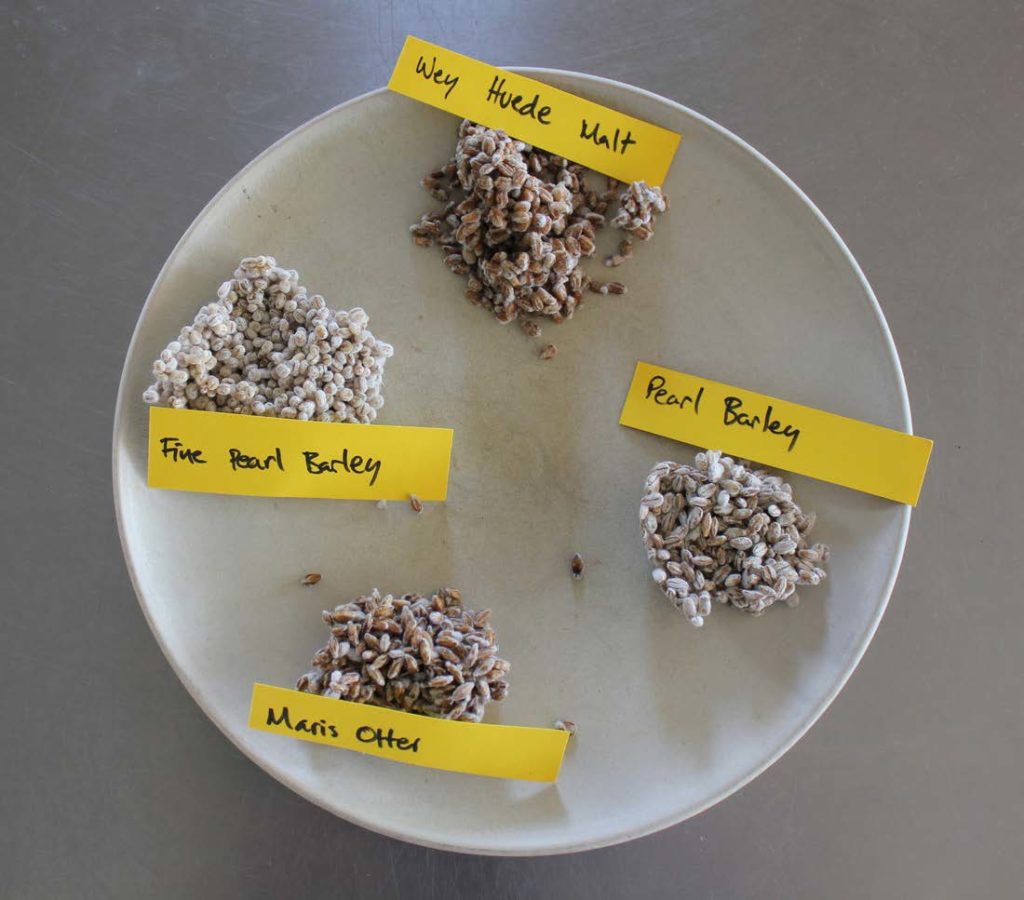by Josh Evans Koji is our lifeblood. It is the basis of many of our fermentation experiments, the functional backbone of our pursuit for diverse flavours and umami taste. This post reviews its cultural and evolutionary history, and describes our technique for producing koji at the lab. The Basics Koji (kōji in Japanese, qu in Chinese, nurukgyun in Korean) is a culture made by growing different fungi on cooked grains or legumes in a warm, humid place (Shurtleff & Aoyagi 2012). The koji moulds produce many enzymes, including amylases, proteases, lipases, and tanninase, that break down (hydrolyse) macromolecules like starches, proteins, and fats into their constituent parts, such as dextrin, glucose, peptides, amino acids, and fatty acid chains (Chen et al. 2008). These simpler substrates provide nutrition for cultures of yeasts and bacteria that come in subsequent fermentation stages (Mheen 1972). The cultures are ancient technologies used to produce a … Continue reading Koji – history and process
